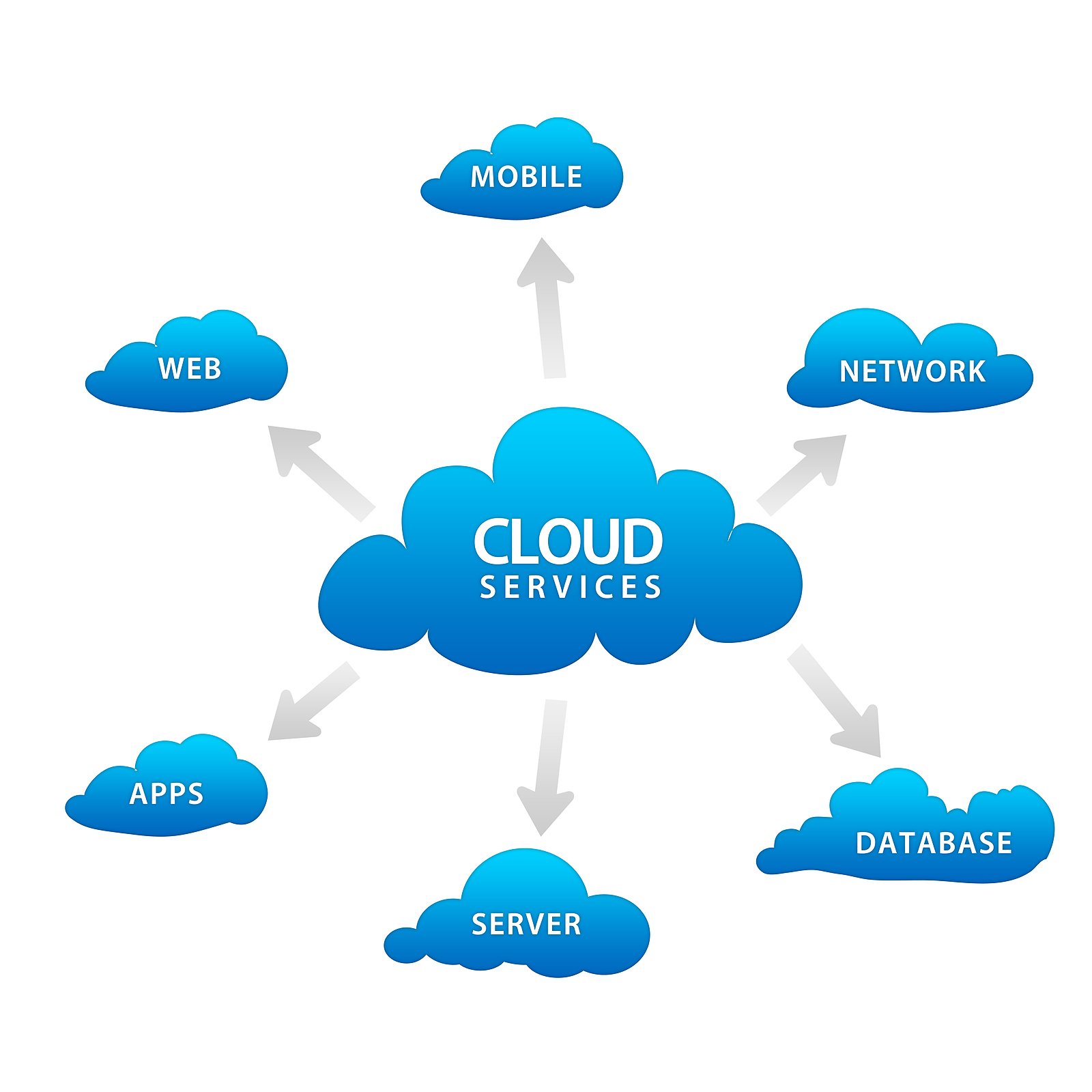Experience Smooth Combination With Cloud Solutions
Discover exactly how smooth combination with cloud solutions can revolutionize the means your company runs, enhancing and simplifying procedures performance. The harmony in between your existing systems and cloud options can lead the way for unmatched efficiency and development capacity. By aligning your innovation infrastructure with the appropriate cloud provider and accepting a critical strategy to integration, you can open a world of possibilities for your service. Explore the key strategies and considerations that will certainly establish you on the course to smooth cloud integration success.
Advantages of Cloud Providers Integration
Cloud solutions integration offers numerous advantages to organizations seeking to streamline their procedures and enhance performance in today's electronic landscape. By incorporating different cloud solutions, companies can quickly scale their resources up or down based on demand, allowing for higher dexterity in adjusting to changing company requirements.
Furthermore, cloud services integration enhances data safety. Streamlining data storage and monitoring through incorporated cloud services can supply companies with better control over access permissions and data encryption, reducing the risk of information breaches or loss. Furthermore, automated updates and backups used by cloud company help make certain information integrity and accessibility, reducing downtime and prospective interruptions to service operations.

Picking the Right Cloud Provider
When choosing a cloud company for your organization's requirements, complete study and assessment are essential to make sure ideal compatibility and performance. The initial action in picking the appropriate cloud service provider is to plainly specify your company's purposes and demands.

Ultimately, choosing the appropriate cloud company is a calculated decision that can considerably influence your company's efficiency and success. By carrying out comprehensive research study and due diligence, you can pick a company that perfectly integrates with your existing infrastructure and sustains your long-lasting service objectives.
Applying Cloud Solutions Efficiently
The effective execution of cloud options calls for careful planning and smooth execution to make best use of efficiency and accomplish desired results. To begin, it is important to perform an extensive analysis of your organization's demands and objectives. Comprehending the particular requirements will certainly assist in choosing one of the most suitable cloud solutions and creating a customized implementation method.
When the cloud solutions are selected, careful interest must be paid to information movement. This procedure entails moving existing data to the cloud while making sure minimal interruption to procedures. Data protection procedures need to additionally be applied to guard delicate info throughout the migration process and beyond.
In addition, reliable communication with stakeholders is vital for effective implementation. Clear and timely updates other on the development of the cloud combination task can aid manage expectations and address any problems that may develop.
Regular performance monitoring and evaluation are vital post-implementation. This permits for adjustments to be made without delay, making sure that the cloud solutions remain to satisfy the company's progressing requirements successfully.
Overcoming Assimilation Difficulties
Attending to the intricacies of integrating numerous systems and modern technologies presents a considerable challenge for organizations transitioning to cloud solutions. In addition, various cloud solution companies may use proprietary procedures and information styles, better making complex integration initiatives.
Data safety and conformity requirements add one more layer of intricacy. Making sure that sensitive info continues to be secured during the combination procedure is vital yet can be tough, especially when data requires to flow between on-premises systems and the cloud. Moreover, organizations should browse prospective downtime and disturbances throughout the shift, impacting productivity and solution levels.
To conquer these combination difficulties, organizations should prioritize complete planning, invest in durable integration tools, and consider seeking specialist aid. By carefully resolving these challenges, organizations can smooth their shift to cloud solutions and unlock the full possibility of their IT facilities.
Making Best Use Of ROI With Cloud Provider
To effectively take advantage of cloud services and boost return on investment, companies should purposefully align their IT sources with service objectives - linkdaddy cloud services press release. Maximizing ROI with cloud services includes greater than simply cost savings; it includes leveraging the scalability, versatility, and innovation that the cloud supplies to drive service growth. By enhancing and embracing a cloud-first approach source application, companies can understand significant monetary advantages
One trick element of making best use of ROI with cloud solutions is effective source monitoring. This includes rightsizing facilities, automating work administration, and enhancing cloud costs. By carefully keeping an eye on use patterns and efficiency metrics, organizations can determine possibilities to improve operations and lessen unnecessary costs.
Additionally, implementing cloud-native innovations and practices can enhance effectiveness and efficiency, official website resulting in boosted ROI. Accepting DevOps principles, containerization, and serverless computer can speed up development cycles, improve scalability, and decrease time-to-market, eventually driving income growth link and expense savings.
Conclusion
To conclude, the smooth assimilation of cloud services offers many advantages such as raised flexibility, collaboration, data safety and security, automated updates, and cost-effectiveness. By picking the proper cloud company, effectively executing cloud solutions, getting over combination difficulties, and maximizing ROI through efficient monitoring, organizations can fully leverage the potential of cloud solutions to improve their business operations.
Discover just how seamless integration with cloud solutions can reinvent the way your organization operates, enhancing processes and enhancing performance.Cloud solutions combination uses countless advantages to organizations looking for to simplify their procedures and enhance efficiency in today's electronic landscape (universal cloud Service). By combining multiple solutions right into a combined cloud setting, organizations can reduce facilities prices, remove the demand for maintaining numerous systems, and advantage from economies of scale offered by cloud service providers. Furthermore, various cloud solution companies may utilize proprietary methods and information formats, additionally making complex combination initiatives
Making the most of ROI with cloud services includes even more than simply cost financial savings; it includes leveraging the scalability, flexibility, and innovation that the cloud uses to drive service growth.